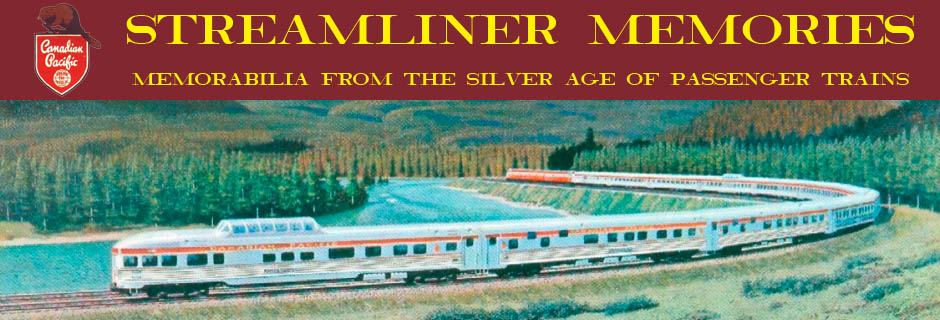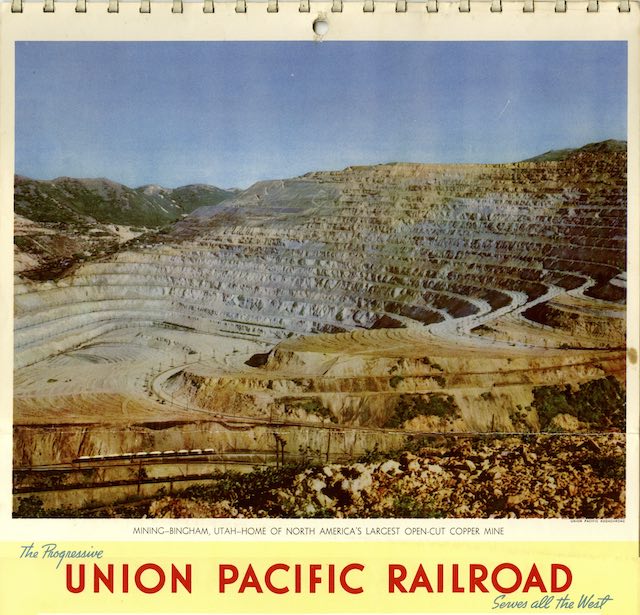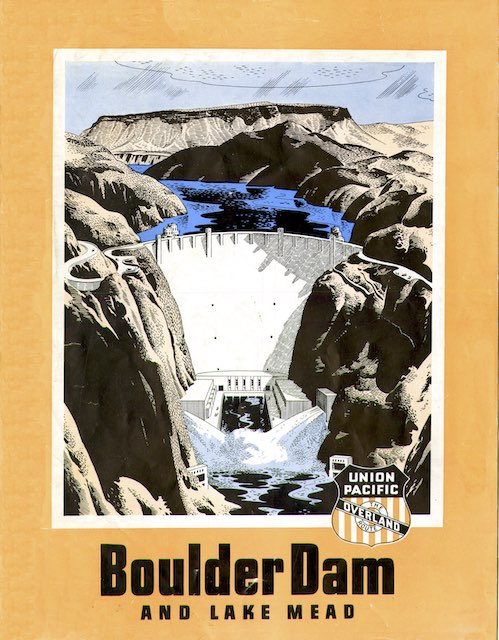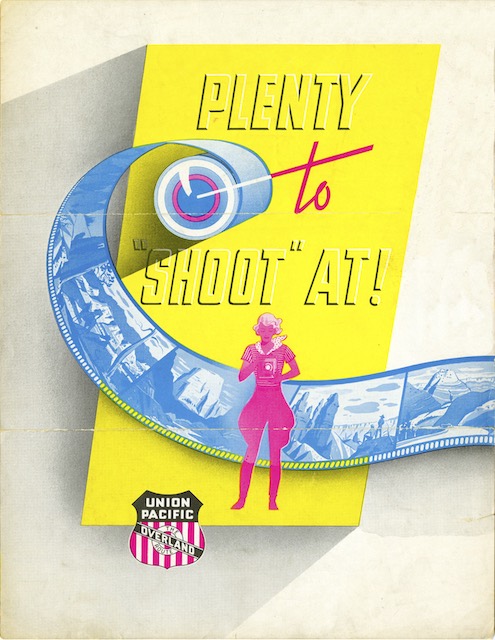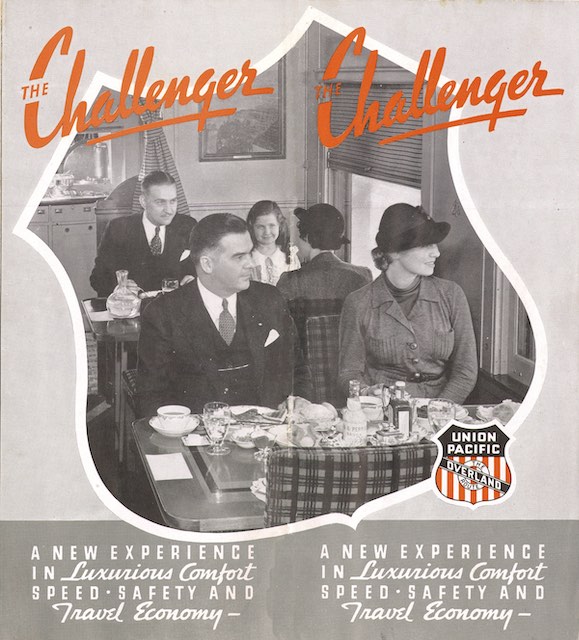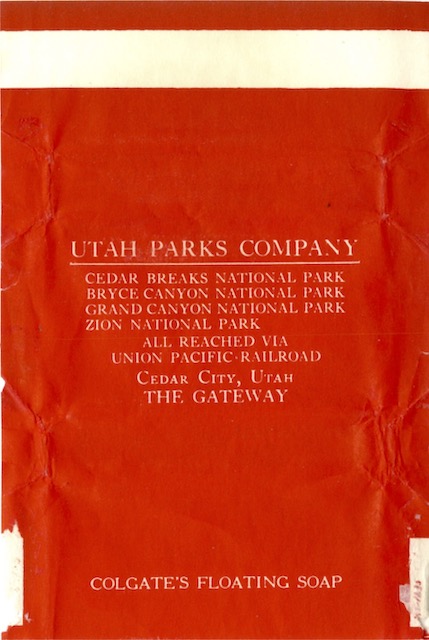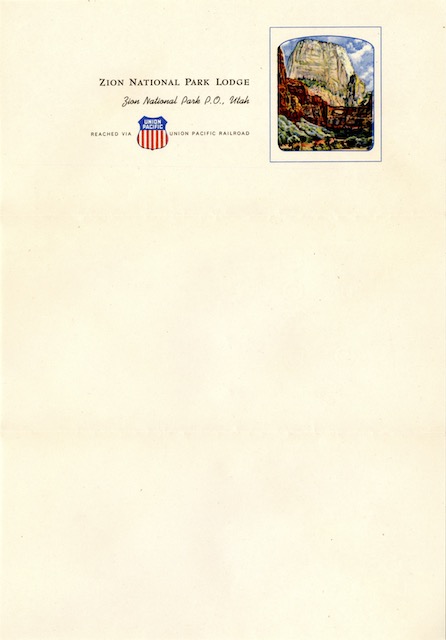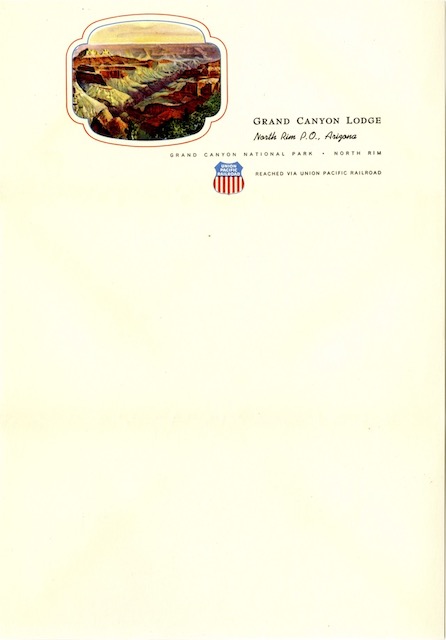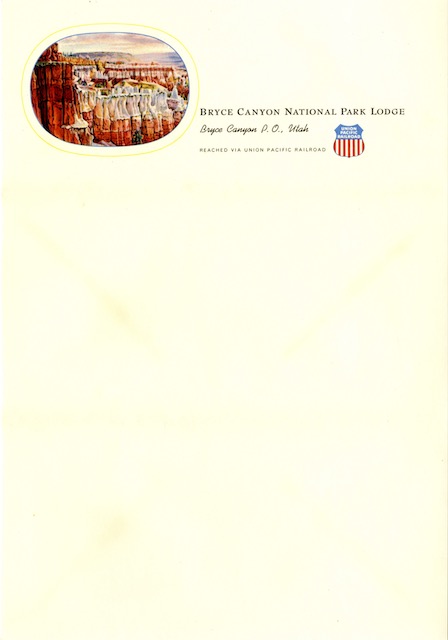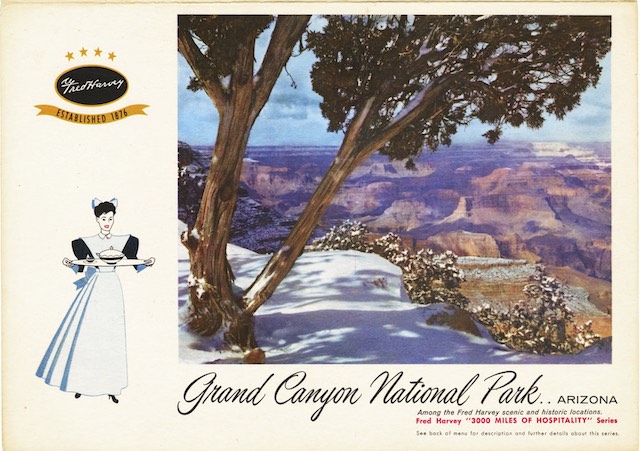Until the creation of Amtrak, the Great Northern, Northern Pacific, and Union Pacific “pooled” their passenger trains between Portland and Seattle. The trains were run mostly on tracks built by Northern Pacific but under some form of joint ownership. For most of those years, one train ran overnight and three trains operated in daytime service. The railroad that ran the overnight train changed from time to time according to the pool agreement.
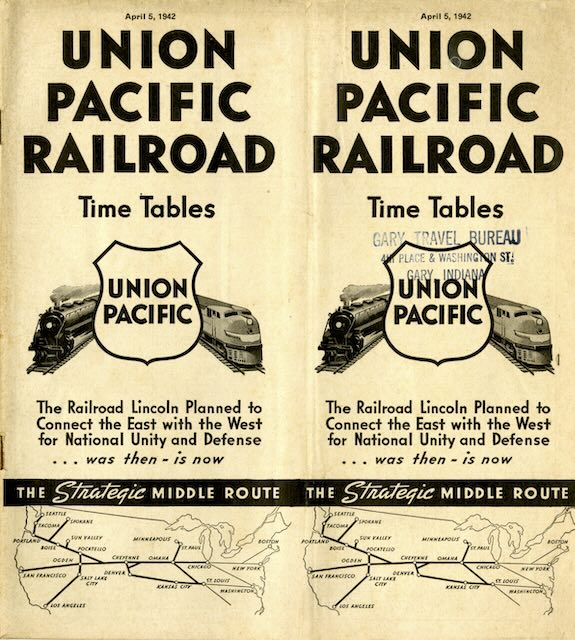 Click image to download an 43.9-MB PDF of this 64-page timetable.
Click image to download an 43.9-MB PDF of this 64-page timetable.
The train numbers shifted frequently but in 1942, Union Pacific’s daytime trains were numbered 458 southbound and 561 northbound. The companion train numbers, 459 and 562, were operated by one of the other railroads, which was especially odd because the other railroads used a different train station from Union Pacific in Seattle. Continue reading
